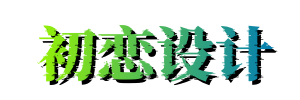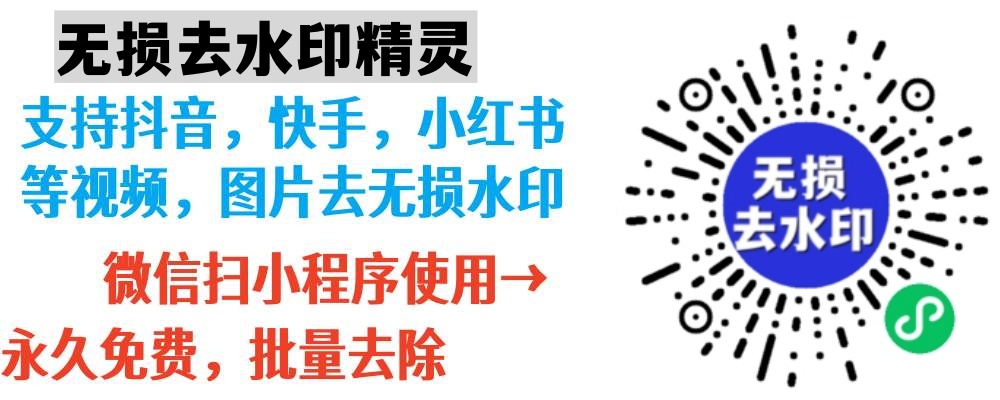A recession is an economic downturn characterized by a significant decline in economic activity. It is generally defined by two consecutive quarters of negative growth in the country's Gross Domestic Product (GDP). Here are some key points about recessions:
1. Economic Indicators: Besides GDP, other indicators such as employment rates, consumer spending, industrial production, and business investment are typically lower during a recession.
2. Causes: Recessions can be caused by a variety of factors, including financial crises, high inflation, excessive borrowing, natural disasters, or changes in government policy.
3. Impact: Recessions can have a significant impact on individuals, businesses, and the overall economy. They often lead to job losses, reduced consumer spending, and increased debt levels.
4. Types of Recessions: There are several types of recessions, including:
Demand-pull recession: Caused by a decrease in aggregate demand.
Cost-push recession: Caused by an increase in the cost of production, such as higher wages or raw material prices.
Stagflation: A situation where there is high inflation and high unemployment, with little or no economic growth.
5. Duration: Recessions can last from a few months to several years. The length and severity of a recession can vary depending on the causes and the actions taken by governments and central banks to mitigate the effects.
6. Recovery: After a recession, the economy typically enters a period of recovery, where economic activity begins to pick up again. This can be due to a variety of factors, such as increased consumer spending, improved business confidence, or government stimulus measures.
7. Policy Responses: Governments and central banks often implement policies to try to mitigate the effects of a recession, such as lowering interest rates, increasing government spending, or implementing tax cuts. These measures are aimed at stimulating economic growth and reducing unemployment.






